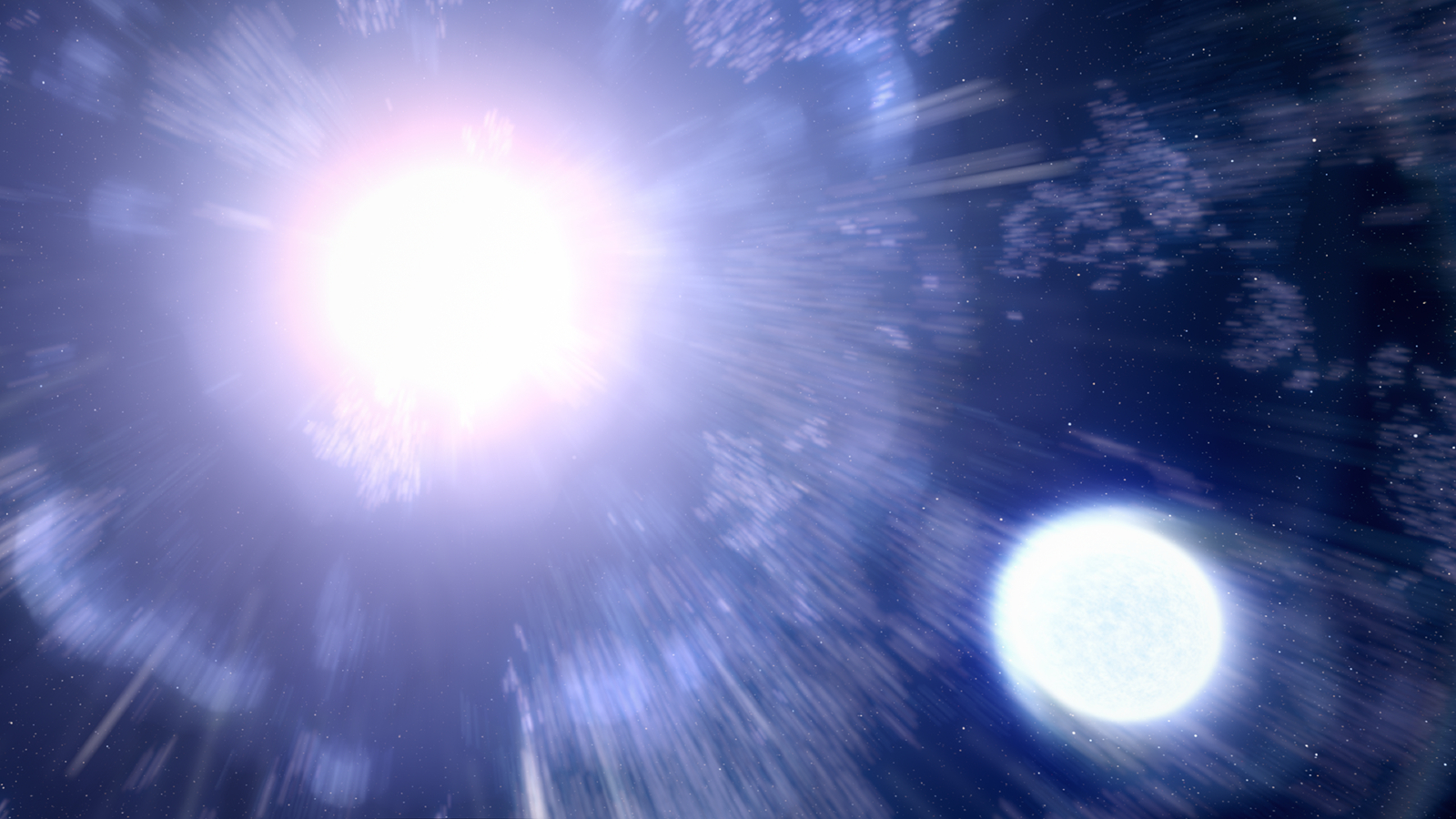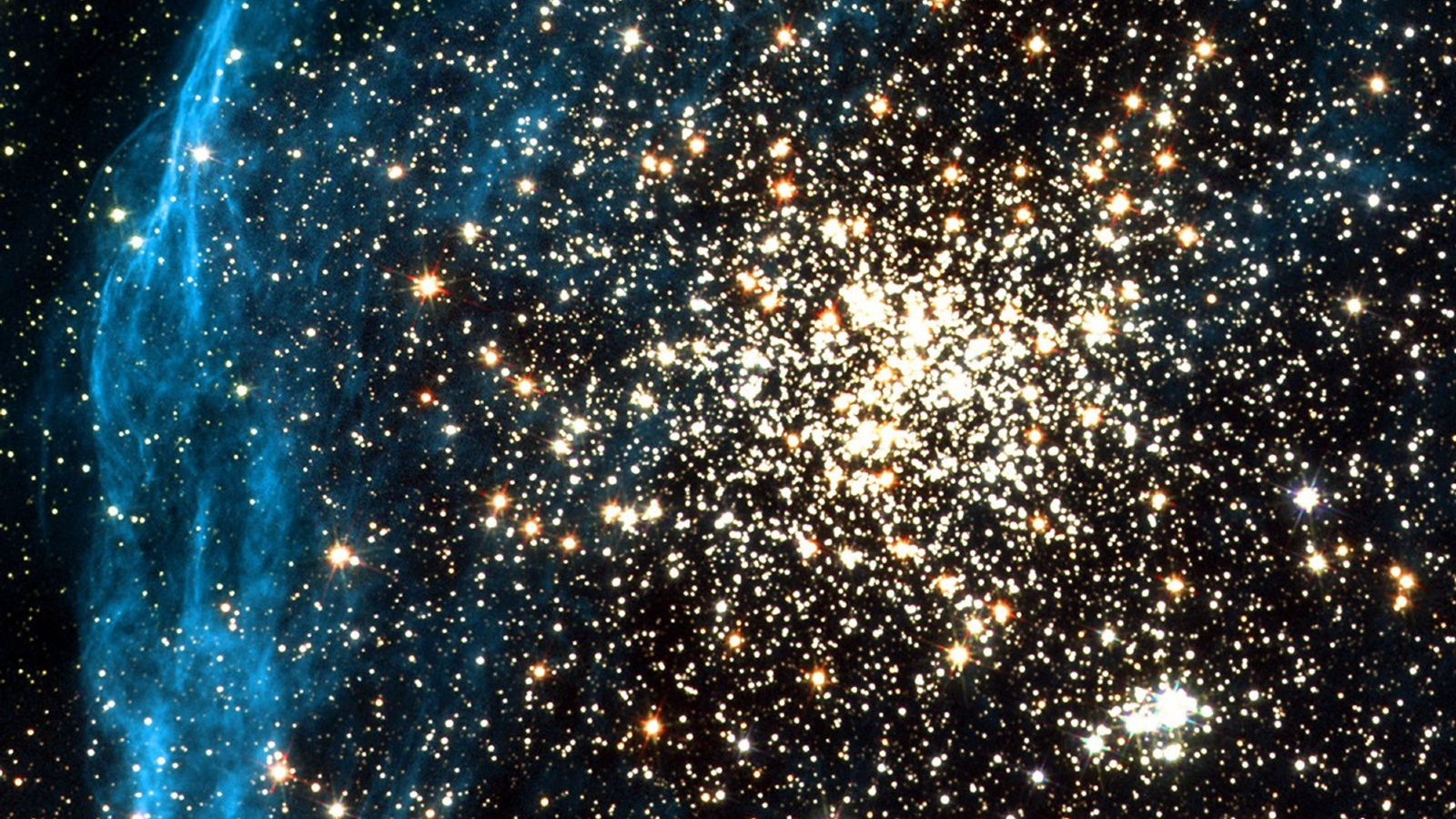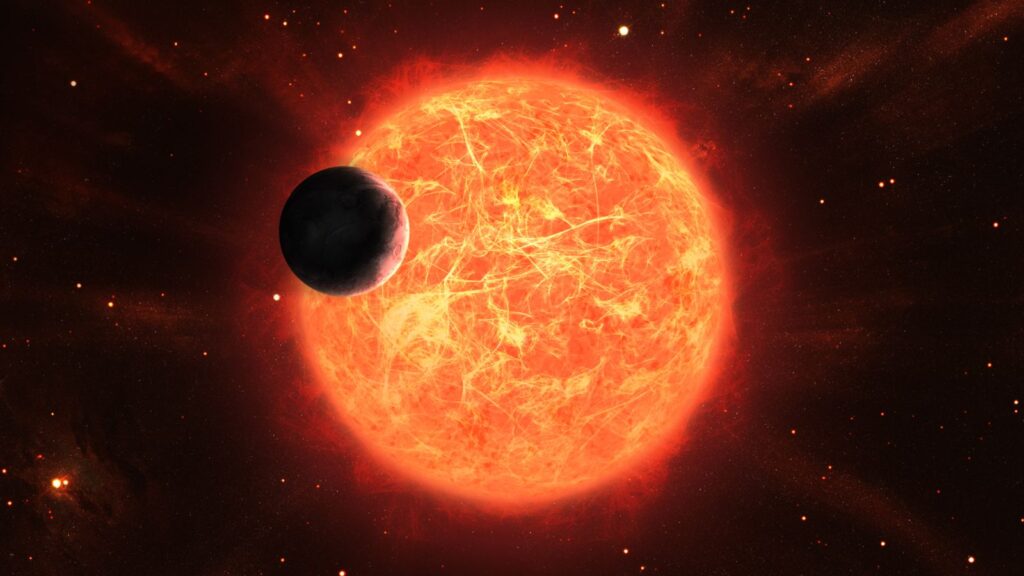Astronomers may have just discovered the “most pristine” star ever seen, lurking near the edge of the Milky Way. The unusual alien sun, which could be the offspring of one of the universe’s first stars, is so metal-poor that it breaks a major rule of star formation.
All known stars are powered by nuclear fusion, which forces the atoms of lighter elements together under immense pressure, fusing them into heavier elements and emitting large amounts of energy in the process. The most common example of this is hydrogen, the most abundant element in stars, fusing into helium, the second-most abundant element in stars. But at the very heart of stars, you can also find other fused elements including carbon, oxygen and iron — the latter of which is the most abundant metal in stars. Heavier metals such as gold, copper and uranium are created when dying stars explode in supernovas, and can also be found within most stars.
In a new study, uploaded Sept. 25 to the preprint server arXiv, a group of researchers revealed the discovery of a new star, named SDSS J0715-7334, which has the lowest metallicity of any star ever seen, by a significant margin. It was spotted using the MINESweeper program, which searches for stars among data collected by the European Space Agency’s now-retired Gaia space telescope.
The newly discovered star, which is a red giant around 30 times more massive than the sun, is almost twice as pristine as the previous lowest metallicity star and has more than 10 times less metal than the most iron-poor star seen to date, according to initial spectrographs of its light. It now holds both of these records, researchers wrote.

J0715-7334 is likely around 85,000 light-years from Earth, although its exact distance is hard to calculate at this point, the researchers note. That puts it just within the Milky Way. However, the angular momentum of the star hints that it originated from the Large Magellanic Cloud — a dwarf galaxy containing around 30 billion stars that closely orbits the Milky Way — before falling into our galaxy.
What makes J0715-7334 particularly intriguing is that it also has a low concentration of carbon. Most other iron-poor stars have a relatively high ratio of carbon, which keeps their overall metallicity high. (This is why the previous most iron-poor star did not also hold the record for lowest metallicity, as carbon is counted toward metallicity despite not being a metal.)
This extremely low metallicity points to J0715-7334 being a direct descendant of a first-generation star, which was formed from the primordial clouds of hydrogen leftover after the Big Bang. This provides other researchers with a window to look back to the very start of stellar evolution.

The new discovery could also help researchers work out how such metal-poor stars take shape, which should, in theory, be impossible.
J0715-7334 is now the second known star whose metallicity falls below what researchers call the “fine structure cooling threshold.” This threshold states the minimum amount of heavy elements needed for clouds of superhot gas to cool enough to start forming stars, because these elements release more energy, which in turn cools their surroundings. (This was not an issue for the first stars because the primordial hydrogen had a lower temperature when the first stars formed.)
The study team believes that stars like J0715-7334 are still able to form thanks to cosmic dust — tiny fragments of dead stars and planets, which may provide additional cooling to the gas.
